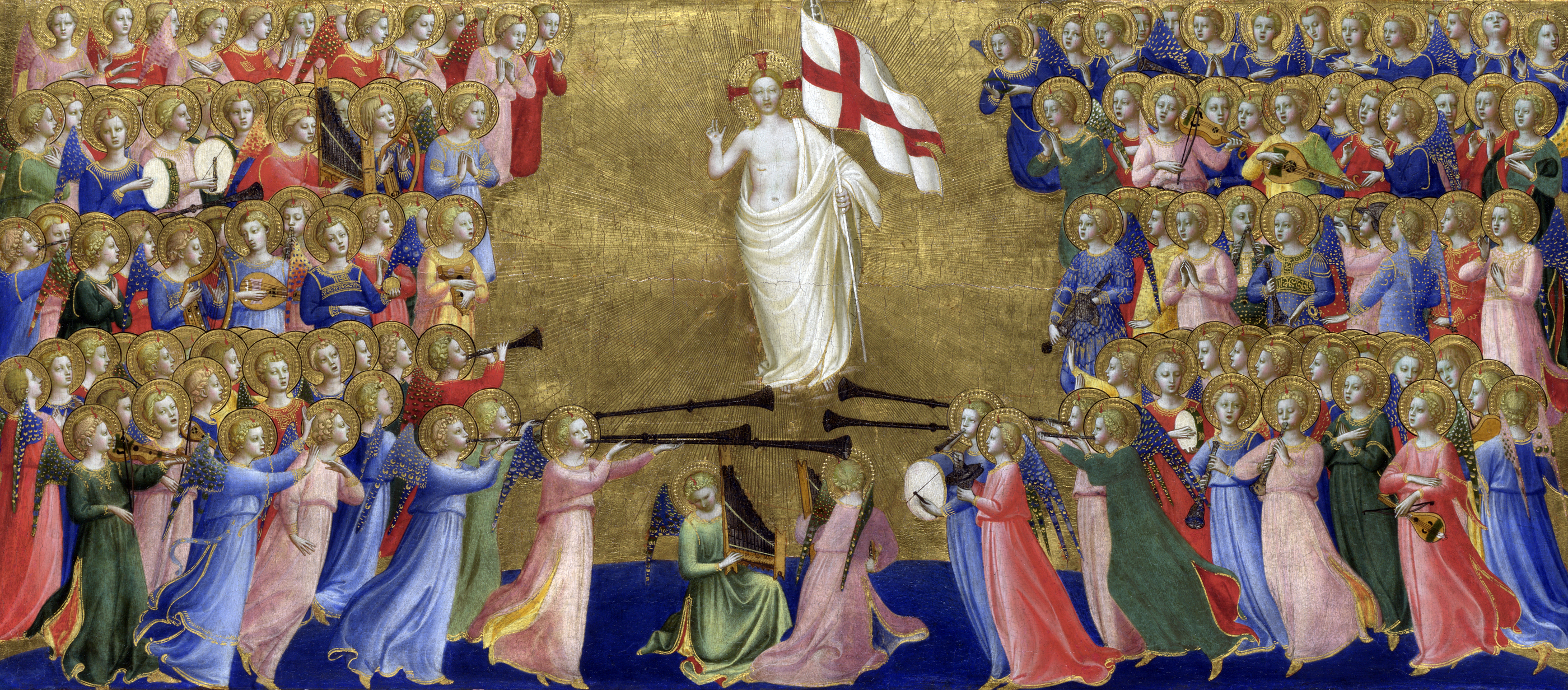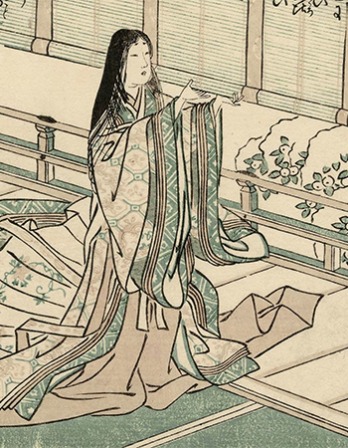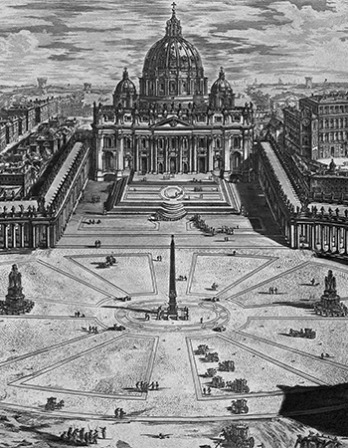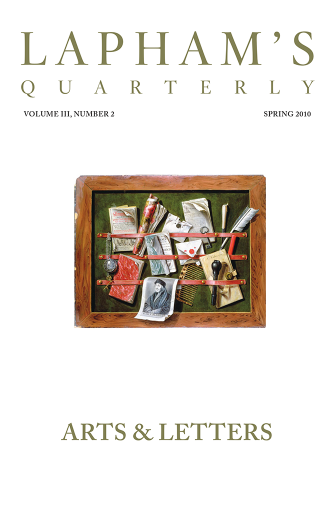How bountiful and benign heaven sometimes shows itself upon one single person the infinite riches of its treasures, and all those graces and rarest gifts that it is wont to distribute among many individuals over a long space of time could be clearly seen in the no less excellent than gracious Raffaello Sanzio da Urbino, who was endowed by nature with all that modesty and goodness which are seen at times in those who, beyond all other men, have added to their natural sweetness and gentleness the beautiful adornment of courtesy and grace—by reason of which they always show themselves agreeable and pleasant to every sort of person and in all their actions.
Nature presented him to the world, when, vanquished by art through the hands of Michelangelo Buonarroti, she wished to be vanquished in Raffaello by art and character together. And in truth, since the greater part of the craftsmen who had lived up to that time had received from nature a certain element of savagery and madness—which, besides making them strange and eccentric had brought it about that very often there was revealed in them rather the obscure darkness of vice than the brightness and splendor of those virtues that make men immortal—there was right good reason for her to cause to shine out brilliantly in Raffaello, as a contrast to the others, all the rarest qualities of the mind, accompanied by such grace, industry, beauty, modesty, and excellence of character as would have sufficed to efface any vice, however hideous, and any blot, were it ever so great. Wherefore it may be surely said that those who are the possessors of such rare and numerous gifts as were seen in Raffaello da Urbino are not merely men, but, if it be not a sin to say it, mortal gods; and those who, by means of their works, leave an honorable name written in the archives of fame in this earthly world of ours, can also hope to have to enjoy in heaven a worthy reward for their labors and merits.

Christ glorified in the court of heaven, Fiesole San Domenico Altarpiece (detail), by Fra Angelico, c. 1424. National Gallery, London.
O happy and blessed spirit, in that every man is glad to speak of you, to celebrate your actions, and to admire every drawing that you left to us! When this noble craftsman died, the art of painting might well have died also, seeing that when he closed his eyes, she was left as it were blind. And now for us who have survived him, it remains to imitate the good, nay, the supremely excellent method bequeathed to us by him as a pattern, and, as is called for by his merit and our obligations, to hold a most grateful remembrance of this in our minds, and to pay the highest honor to his memory with our lips. For in truth we have from him art, coloring, and invention harmonized and brought to such a pitch of perfection as could scarcely be hoped for; nor may any intellect ever think to surpass him.
Such unity was never greater at any other time than his, and this happened because they were overcome both by his courtesy and by his art, and even more by the good disposition of his nature, which was so full of gentleness and so overflowing with loving kindness, that it was seen that the very animals, not to speak of men, honored him. It is said that if any painter who knew him, and even any who did not know him, asked him for some drawing that he needed, Raffaello would leave his own work in order to assist him. And he always kept a vast number of them employed, aiding them and teaching them with such a love as might have been the due rather of his own children than of fellow craftsmen, for which reason he was never seen to go to court without having with him, as he left his house, some fifty painters, all able and excellent, who kept him company in order to do him honor. In short, he lived not like a painter but like a prince.
From Lives of the Artists. While Vasari is best known for this work of art history, which he dedicated to Cosimo de’ Medici, he was also a painter and architect, composing a cycle of frescoes in the Palazzo Vecchio and designing the Uffizi Gallery. Raphael died on his thirty-seventh birthday on April 6, 1520; his body was buried at the Pantheon in Rome.
Back to Issue






